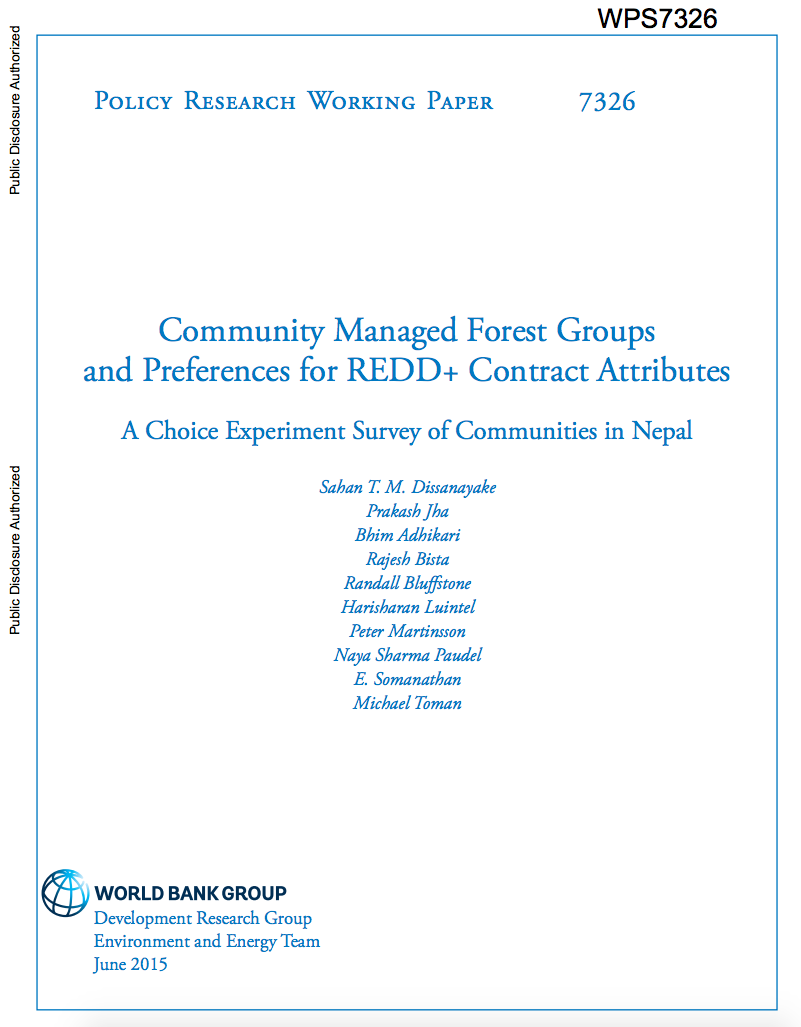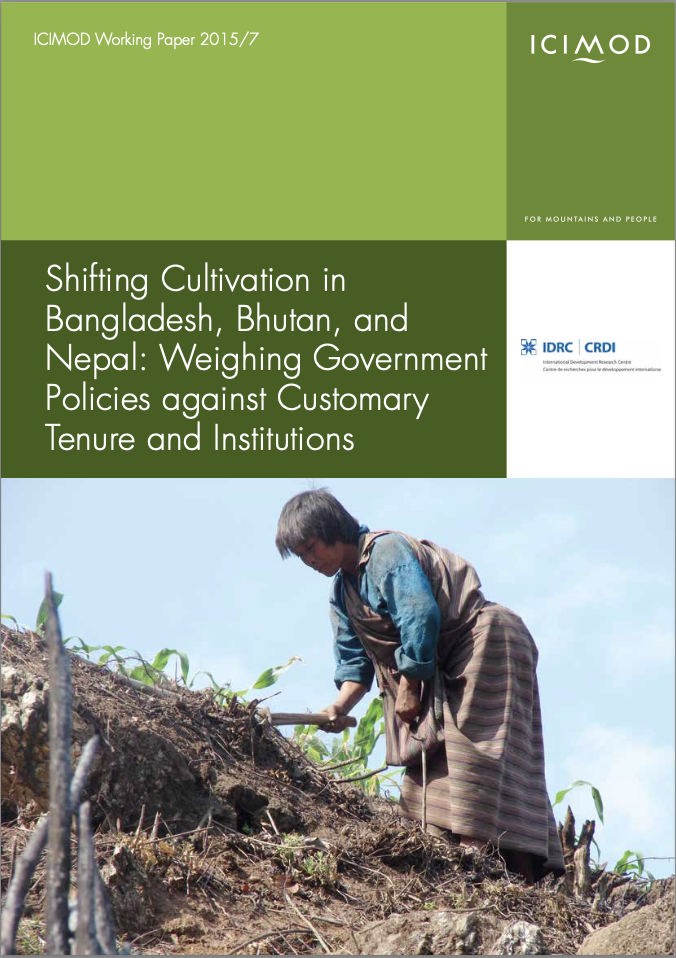Government Regulation on conditions of subsidies for afforestation of agricultural land.
This Government Regulation lays down, in accordance with European Union legislation, conditions of subsidies for afforestation of agricultural land. Subsidies are granted under the following measures: (a) establishment of forest stands; (b) care of forests for five calendar years starting in the year following the year when the forest was established; (c) cessation of agricultural production on wooded land for a period of ten calendar years starting in the year following the year when the forest was established.








